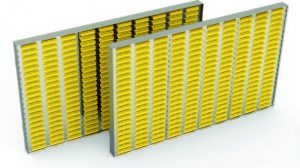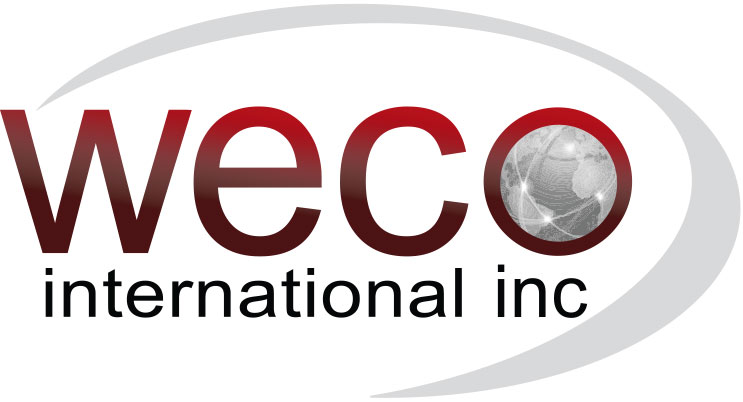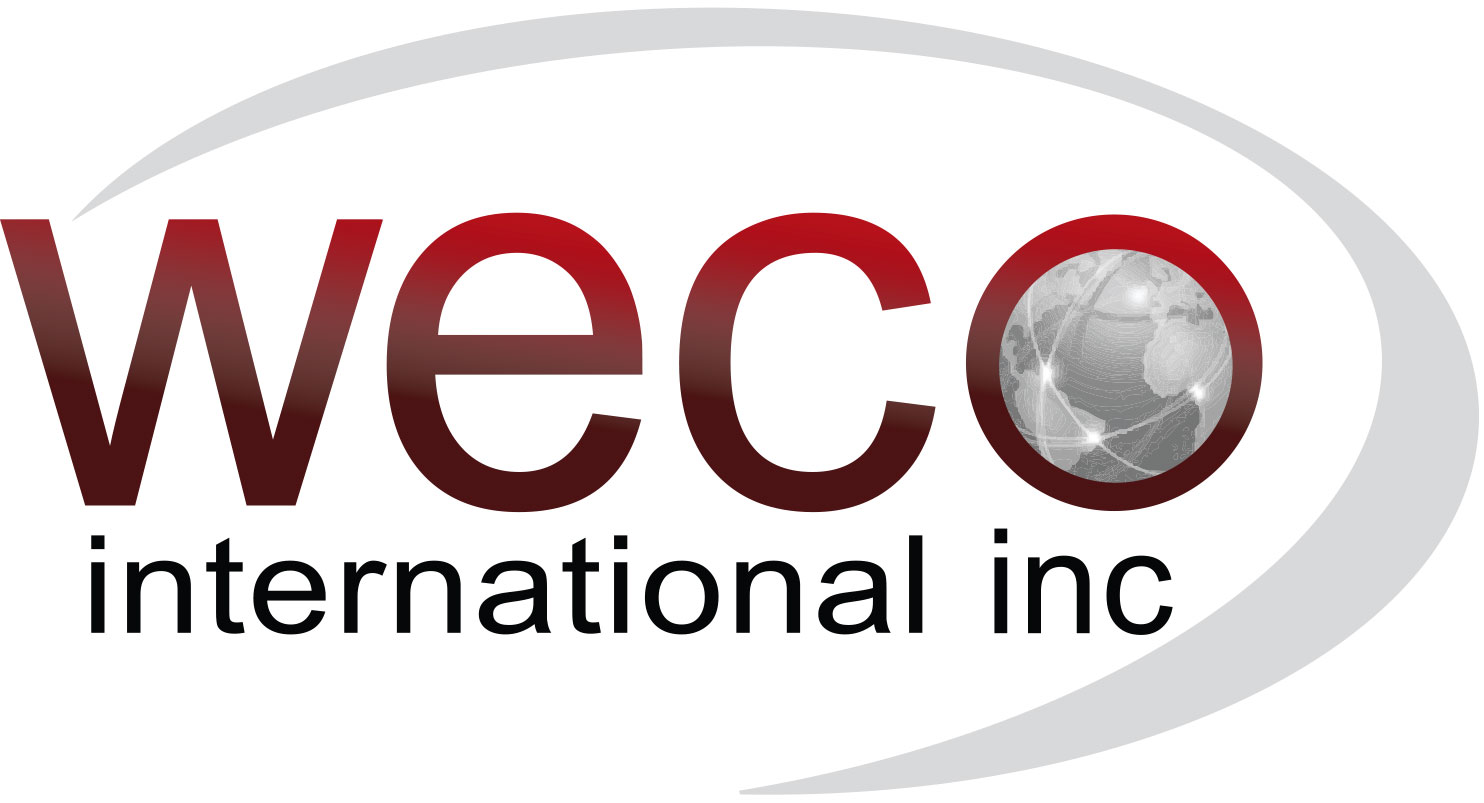Energy Cost-Reduction for Thermoforming Platen Customers
US Distributor WECO International reports great receptivity from the US thermoforming community for energy cost-reduction. WECO uses focused infrared (IR) heat and Ceramicx products and systems. WECO’s ongoing sales include a number of large thermoforming platen customers. One common denominator relating to these is energy usage and the size of platen. For example, in Q4, 2017, one WECO client in the US leisure sector has ordered a 4.6m x 2.7m thermoforming platen for the production of bath/spa tubs. Such a large heating system (281kw output) involves a considerable draw on power. The new thermoforming platen was designed and built by Ceramicx in its new machinery hall. It has 10 individual control zones, 468 ceramic IR medium wave FFEH elements and operates at 480 volts.

480 volts.
In the same month WECO fulfilled an order for a white goods OEM client in the US requiring two platens (upper and lower) for a thermoforming system manufacturing components for fridges and freezers. Again, the platen size was large, measuring 3.2m x 2.04mm, each platen containing a total of 210 elements This particular customer required a total of 70 heat control zones, each one with its own thermocouple and each one containing x 3 ceramic IR elements.
WECO International’s President Brett Wehner says that “in manufacturing, heavy users of utilities are likely to be extremely cost conscious of their power consumption. Many of our US thermoforming customers are clearly in that category – both in continuous inline thermoforming for industries such as packaging and FMCG goods and also for large cut-sheet applications in automotive, aerospace and white goods. We are delighted to offer these customers energy saving thermoforming systems from Ceramicx.”
Thermoforming Ovens for Automotive Industry
Meanwhile Europe’s automotive industries continue to provide sales and innovation in the thermoforming markets; interior panels (doors and floors); parcel shelves and boot liners continue to account for much fibre reinforced production.
The automotive sector proves time and again that just as there is room for all kinds of vehicles – from standard to luxury – so there is room for all kinds of materials processing, from functional to exotic, from complex composite lay-ups to the simplest molded components.
The contribution of all these components is needed for the make-up of the modern car. One common denominator is the drive to weight reduction: Any driver who has recently opened a boot, adjusted the parcel shelves and spare tyre covers will know at first hand that light- weighting of components continues to dominate new models. This trend opens the door to thermoforming opportunities.
Ceramicx recently won an important order to supply a Tier 1 supplier with an Infrared thermoforming system making such products for a leading automotive OEM in the UK.
The Ceramicx heat work was required to fit into the cut sheet process for the thermoforming of car interior liners – in this case the boot space. Black carpet onto black plastic sheet was robotically loaded onto a moving table then moved across into the heated zone.
The IR heat system was then applied to the top and bottom of the part for a period of time: The sheet was moved onto the mold surface where it is slowly pressed into the required shape. The component then sits in the mold for a set period of time in order to cool. It is then removed and a trimming and finishing process is performed.
A top and bottom Infrared (IR)-based heating system using 276 HTE Ceramic heater on 200w and 300W was supplied for each of the customer’s two thermoforming platens. A total of 18 zones of control in the pattern was outlined by the customer. A series of HTE 300W heaters was also placed around the perimeter of both the top and lower platen to minimise edge loss of heat.
Infrared Heat Wins With Consistency
When correctly applied, IR-based heating never fails to perform with regards to consistency and repeatability. The customer was particularly impressed with the fast heat-up time for the ceramic heaters and the ease at which the IR heaters found and remained at the required temperature set-point.
This ‘proof of the pudding’ has meant that the customer has just placed an order for a second oven. Ceramicx is delighted that these IR heating efficiencies can be passed on so directly to the thermoforming cut-sheet industries – including applications in the modern automotive sector.


